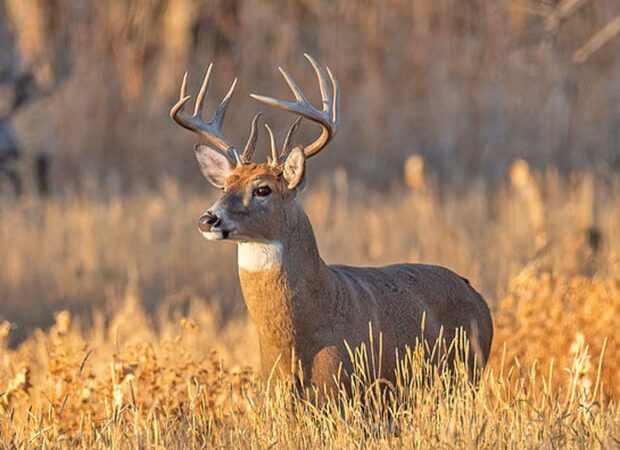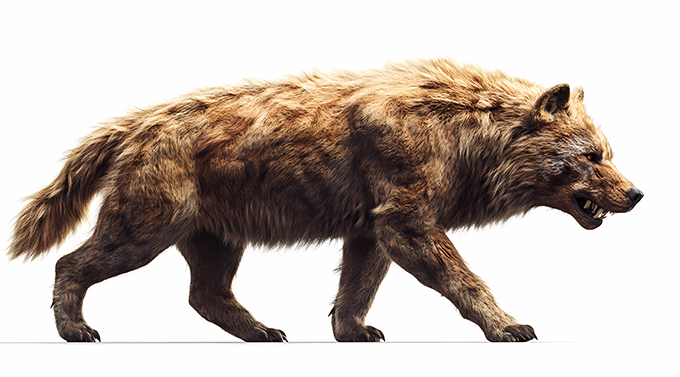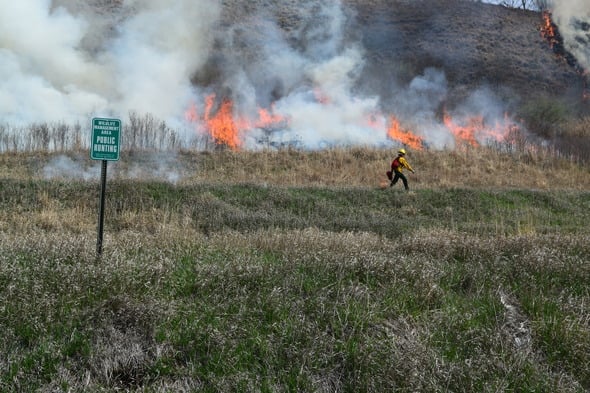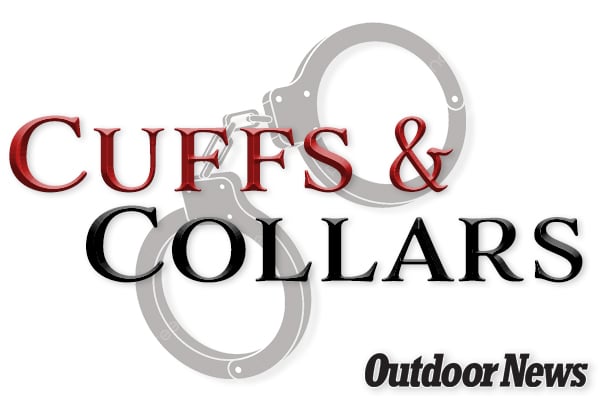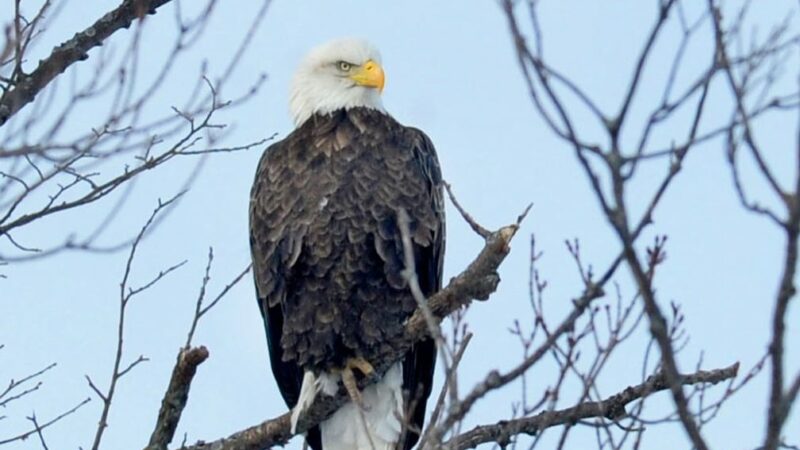A lesson in the importance of eye protection for hunting, scouting – Outdoor News
Outdoor News may earn revenue from products shown on this page by participating in affiliate programs. Click here to learn more.
The winter of 2023-24 in Minnesota could not have unfolded any better for those who love to scout for whitetails.
The period with no snow on the ground and before green-up in the spring is a great time to be in the woods. Trail systems and the prior fall’s rut sign jump off the page and show how deer use the terrain.
I was determined to take advantage of this mostly snowless winter in southern and central Minnesota by getting into the woods every chance I got.
The morning of Feb. 10 featured great conditions — zero snow on the ground and temperatures in the mid-30s. I set out early with my dad and father-in-law to do hours worth of scouting, but it wasn’t 20 minutes into what I intended to accomplish when an eye injury derailed the plan.
One thing I like to do when we’re months away from the hunting season is get deep into the deer’s bedding cover and clean up trail systems. These are usually areas within thick cover, and removing branches that can fall or grow over deer trails is an attempt to give deer an easier path past a stand site.
While walking down a trail that led from bedding to a field entrance, I came upon a dead branch about the diameter of my wrist that was still attached to a tree. It was chest high, so I put my weight into it to break it off.
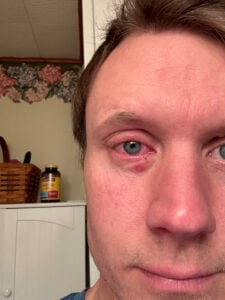
My body lunged forward as the branch snapped. What I hadn’t noticed is another branch on a different tree straight ahead. I took a direct hit to my right eye (my aiming eye…you know, the important one) and immediately felt a throbbing pain.
I took a few minutes to find my bearings and tried to continue scouting for a half an hour. At that point, it was obvious this was not going to clear up on its own. My vision blurred badly and the pain only got worse.
My wife, who’s a nurse, was adamant that we head to the local emergency room. They ran some tests and saw that I had a corneal abrasion over much of my eye. The entire recovery process required multiple trips to an optometrist and an ER bill of about $1,650.
Most frustrating was how long it took to get my vision back to where it was prior to the injury — about two months total time. If this had happened during the archery season there was a stretch where there was no way I could have effectively shot my bow.
There are readers thinking at this point that it was foolish to not be wearing eye protection in the field. They would be right, and if you are the type of person who consistently does this, I applaud you. It’s something I have overlooked over the years.
Part of it has to do with the fact that I have always had good vision without glasses or contacts. I’m not used to wearing eyewear other than sunglasses, so I have not been willing to put up with any annoyances while wearing cheap safety glasses during a bird hunting or scouting situation if it meant I could see better without them.
MORE GEAR COVERAGE FROM OUTDOOR NEWS:
Eric Morken: Gear that stood out from the 2024 bowhunting season
Federal unveils new 7mm ‘Backcountry’ cartridge
These mini tools will have your mini food plots pulling in deer
There have been a few other close calls around my eyes over the years that have caused me to try out those $10 versions of protective eyewear. When your focus is on the ground looking for rubs, scrapes and trails, it’s easy to miss things at head level.
The lenses in the cheaper glasses easily scratch and it wasn’t long before they ended up in the glovebox of my truck.
This latest incident served as more of a wakeup call. After some research, I decided to get a couple pairs of glasses from Wiley X — a company that produces protective eyewear for outdoor users, including hunters.
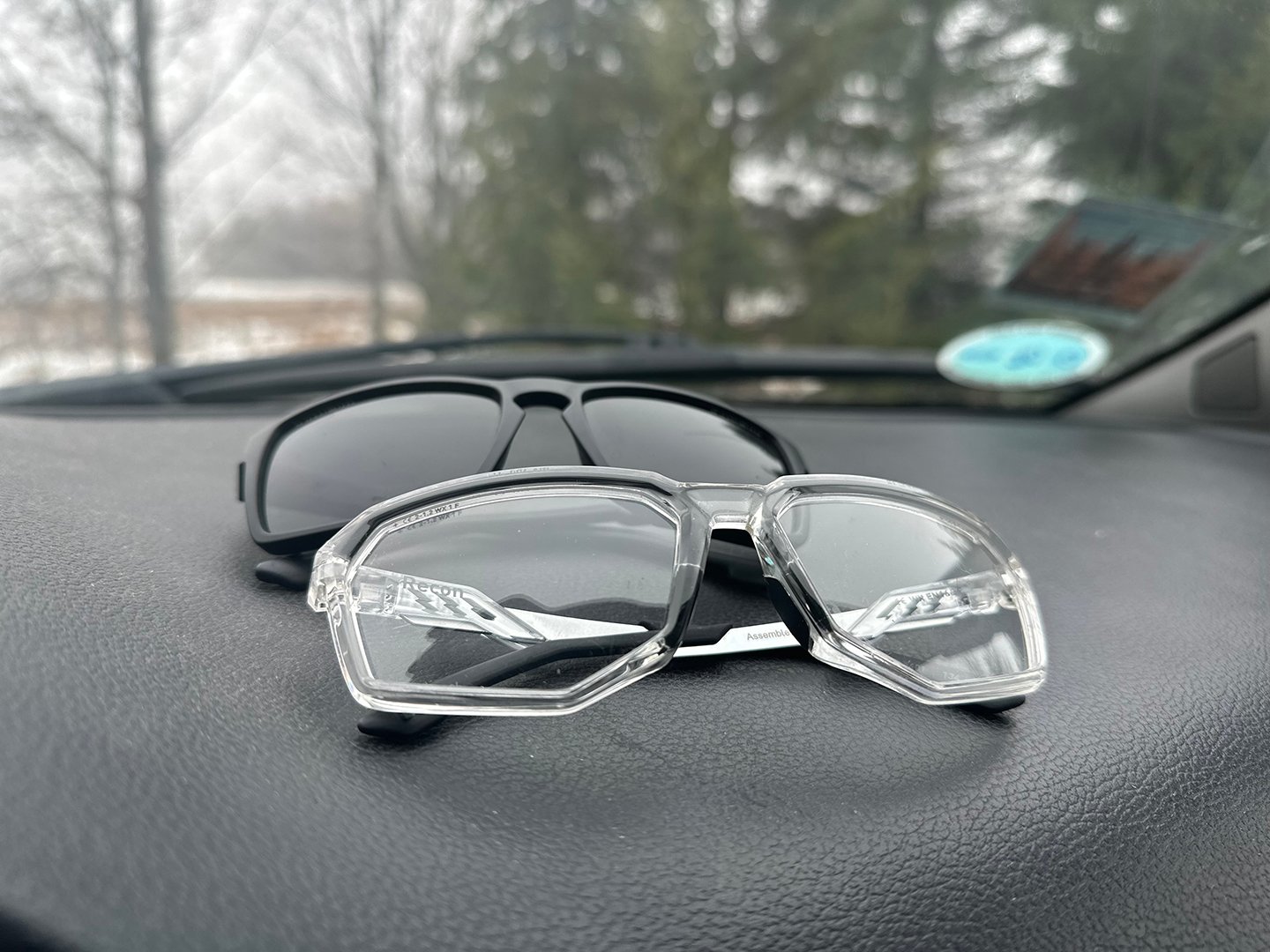
I went with the Founder sunglasses for bright days in the pheasant fields and woods. I also got a pair of the Recon glasses with clear lenses for cloud-covered days, as well as when I am scouting in wooded settings where the canopy of the trees creates darker conditions.
A good pair of protective glasses like this will cost over $100, but you typically (not always) get what you pay for with hunting gear. I am in the woods hundreds of hours a year between hunting and scouting. In the end, investing in quality gear is often worth it when you are going to put something through years of constant use.
So far, the glasses have provided great clarity, fit, and protection during months of scouting and some cold, windy pheasant hunts in the cattail sloughs. They provide good toughness against wear and tear that happens with outdoor users who can’t be thinking about babying a pair of glasses.
Your eyesight is nothing to take for granted as a hunter. If you are not already, it might be a good idea to think about prioritizing a pair of protective eyewear this season.

